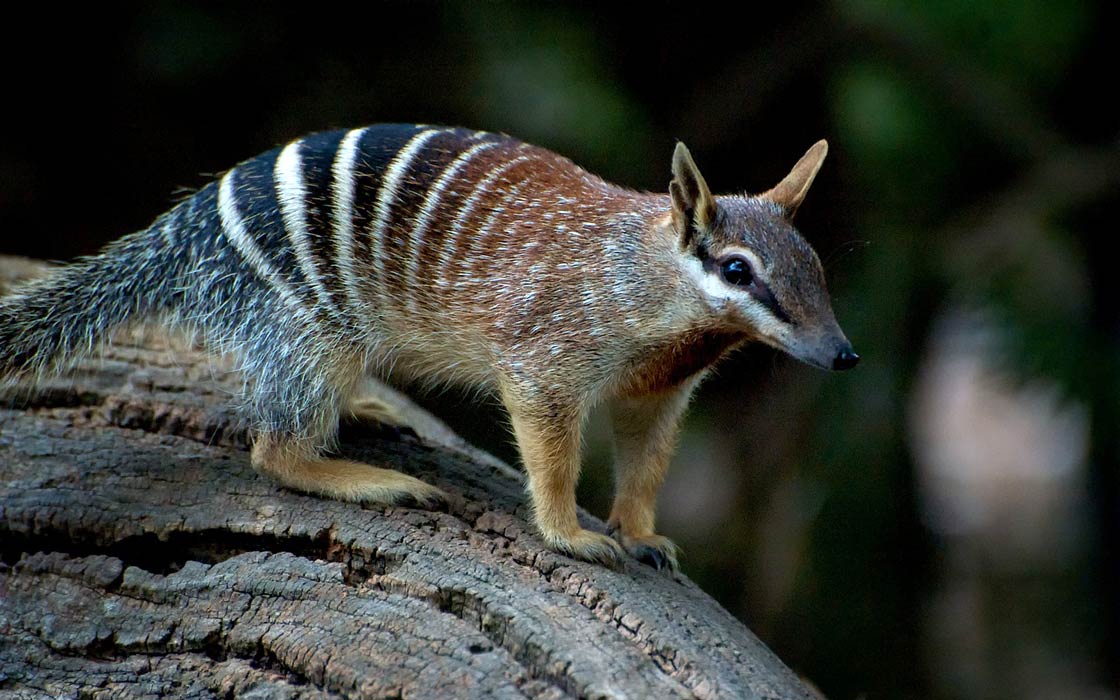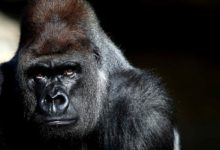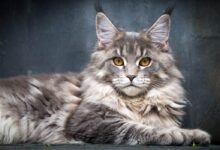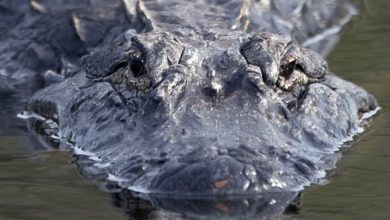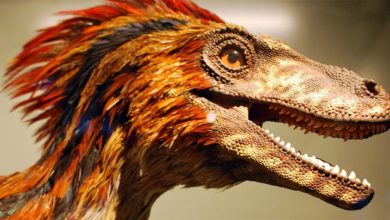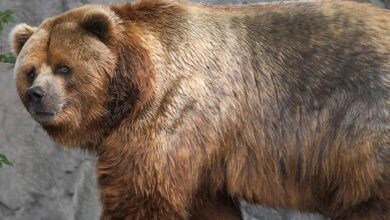Numbat, noombat, walpurti (Myrmecobius fasciatus)
Marsupial anteater – the marsupial without the pouch
In comparison with other marsupials, it seems to be inconspicuous and less interesting. Being similar to the squirrel, the noombat is not only an amusing animal. First of all, it is a talented hunter with good eyesight – other representatives of marsupials have the sight which is weaker and worse. Its lifestyle and some anatomical features distinguish it from other relatives. Even its species name does not reflect its nutrition habits. This is the perverse marsupial – the numbat.
Scientific classification
- Phylum: mammals
- Infraclass: Marsupialia
- Order: Dasyuromorphia
- Family: Myrmecobiidae
- Genus: Myrmecobius
- Species: numbat, marsupial anteater (Myrmecobius fasciatus)
- Subspecies:
- Mymecobius fasciatus fasciatus
- Mymecobius fasciatus rufus (extinct)

Distribution – not only Australia
In the past, the marsupial anteaters stayed all over the area of South Australia including north-west New South Wales as well as Western Australia. After the arrival of Europeans, the population has fallen down – currently, these mammals live exclusively in small areas of the Perup Nature Reserve and Dryandra Woodland. In recent years, it has been successful to introduce the species into Yookamurra Sanctuary in South Australia as well as to Scotia Sanctuary in New South Wales.
The marsupial anteater lives in eucalypt forests; however, when the population was very numerous, it also lived in many semi-arid forests, spinifex grassland and even sand dunes.
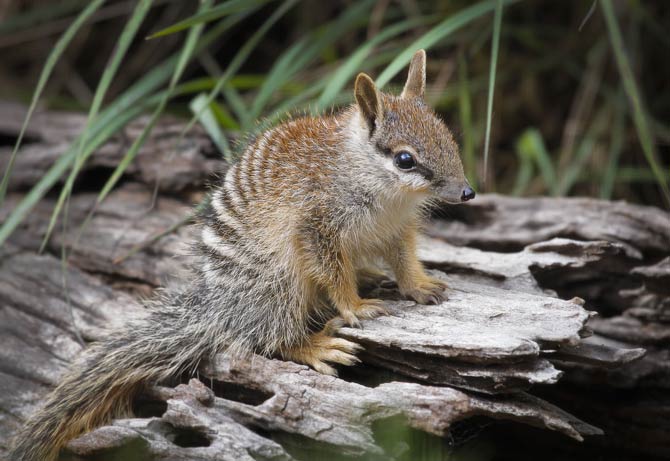
Description
Appearance, size and built
The numbat is 35-45 cm (14 and 18 in) long including its tail, weighs from 280 to 700 g (9.9 and 24.7 oz). Its muzzle is narrow and pointed; its eyes are medium, round and dark; its ears are small, round-tipped and protruding.
The animal moves on four short but strong limbs. In its muzzle, there is a narrow tongue adjusted to getting food in very narrow slits and holes. The sticky saliva makes it possible to hunt small insects, such as ants and termites. Its teeth are not very useful because it gets its food thanks to its tongue. Therefore, they have been reduced.
Colouring
There are many colour variations within the species. Numbats can have their coat in the shades of grey, brick red and the mix of it. The upper back is usually brick red but there is always a black stripe visible running from the tip of the muzzle through the eyes to the bases of the small, round-tipped ears. The animal’s hindquarters have from four to eleven white stripes. The underside is cream or light grey. Its long tail is covered with fair hair making tuft of feathers.
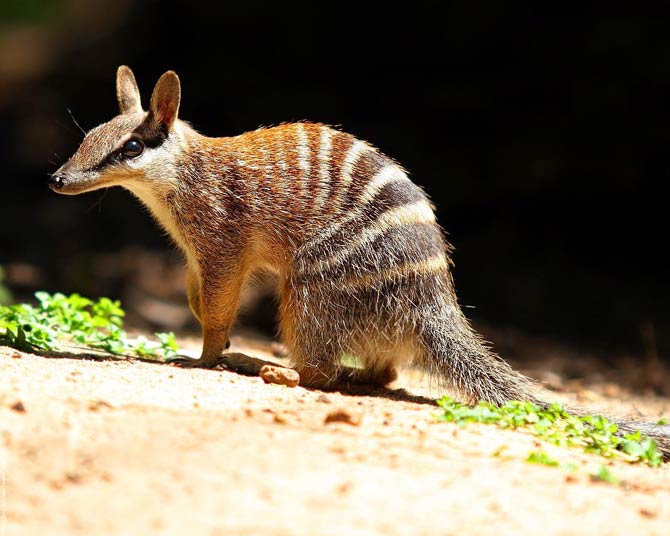
Diet
This small mammal is a real hunter of termites. It has got a long narrow tongue covered with sticky saliva produced by submandibular glands. So as the anteater could effectively eat termites, its soft palate is covered with numerous ridges thanks to which the animal can scrape insects of their tongue.
The digestive system is rather simple and well adjusted to digest termites. The mammal would have some difficulties to digest ants, for example, as their exoskeleton is softer.
The anteater usually finds the mounds of termites thanks to its smell, but its sight helps it a lot as well – although this sense is poor within most marsupials. Good sight is the cause of being adapted to the daily lifestyle. The efficient sense of sight also helps to detect the predator.

The lifestyle
Being active during the day is the reason of anteater’s dietary habits. Termites are mostly active during the day; therefore, it is easier to find them then.
Looking for termite mounds takes most anteater’s time. It does it mostly thanks to its scent – while searching, he walks with his nose at the ground. When it smells the underground gallery, it stands on two hind limbs and its forelimbs, equipped with sharp claws, start to dig in the ground. Then, it uses its sticky tongue to lick up insects.
It can also sometimes eat ants, but it happens relatively rarely. Anthills are found while looking for termite mounds. Its species name can mislead you.
Unusual way of protecting itself
At night, the anteater sleeps in a burrow, too narrow for big predators such as a fox. When it feels attacked, it shows its rump to the opponent – there is thick skin on this part of the body. Thanks to this, the animal uses its backside as the ‘cork’, which sticks the entrance to the nest. Thick skin protects it against serious injuries and the rest of the body is located safely in the pit.
It lives solely for the majority of the year. It approaches other numbats only during the mating season.
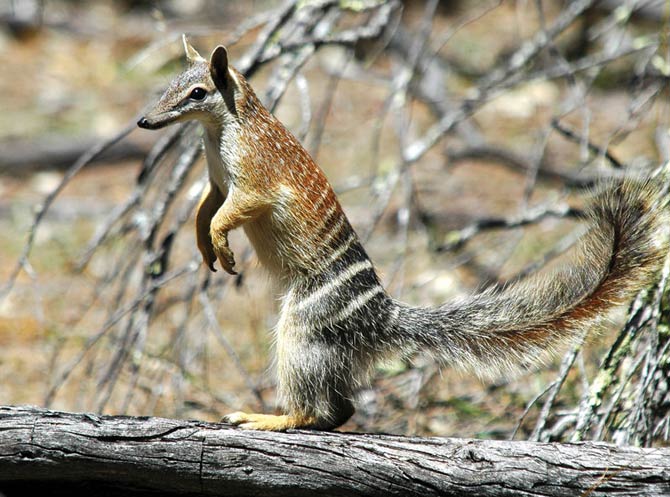
Reproduction
Mating takes place between December and January. At that time, males produce an oily substance out of scent glands located on the chest. They leave this substance on wooden logs and rocks. This scent is not only to attract the female but also to warn other males that they are in the rival’s area.
When the male meets the female, it smells it first and then, partners communicate using vocalisations, which are similar to clicking. If a female rejects the male, there is a loud argument among them. The female is going to emit low aggressive guttural rumbles with its closed muzzle. However, when the couple gets on together, there is the copulation between them.
After the intercourse, the male goes away to look for another partner or hides in the burrow till the end of the mating season. Females solely take care of their young whereas males copulate with different females every year.

The litter and cubs
Females usually have one litter a year. There are a few cycles during one mating season. This way, mothers who lost their young or miscarried them can be pregnant again. Males also have their cycles of fertility – sperms are produced at the beginning of December, their number falls in February and in March, its production stops.
The lack of the pouch
The pregnancy lasts 14 days and there are four young born to the maximum. They are born not fully developed and they are only 20 mm long but they are able to get to their mothers’ nipples. Contrary to other marsupials, numbats’ females do not have the pouch.
Nipples are located among the gold coat with skin folds around them. The young stick to mothers’ nipples for around 6 months. When the young are big enough so that their mother cannot walk, they leave them. It happens at the end of July and at the beginning of August. After it, the young stay in the nest. Although they let the nipples away, they will be fed with their mothers’ milk until they are about 9 months old. At the end of September, the young begin to hunt, become independent and set off to look for their own territory.

Detailed information / size
The numbat (Myrmecobius fasciatus)
- Names: numbat, noombat, walpurti
- Body length with the tail: 35-45 cm (14 and 18 in)
- Length of the tail: 12-22 cm (4.7 – 8.7 in)
- Weight: 305-752 g (0.67 – 1.7 lb)
- Lifetime: 5 years in the wild, about 11 years in captivity
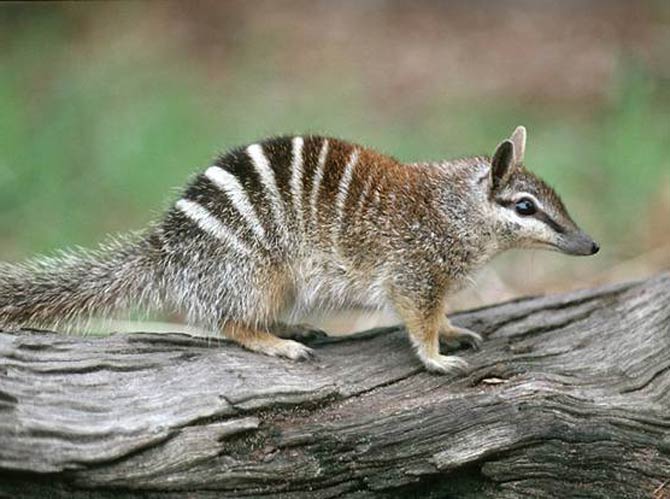
Numbat – curiosities
- The numbat is the only representative of the anteater family (Myrmecobiidae).
- The numbat has the best sight among all marsupials. The retina has many cone cells – photosensitive receptors absorbing light. It is a rare feature among marsupials.
- The numbat cyclically enters the numbness (the apathy). It can last up to 15 hours daily in winter months.
- The numbat is the only marsupial eating only social insects. It eats about 20000 of them daily. Its total weight is 10% of the mammal’s weight.
- Numbats are usually very quiet. They eat only during the mating season and after birth when they want to contact their mother.
- It is estimated that there are around 10000 numbats in the wild – the species are classified as endangered with extinction.
- The numbat can have up to 52 teeth. These include a unique cheek tooth, which sits between the premolars and molars.
- Numbats separated from other marsupials 42-32 years ago in the late Eocene.


